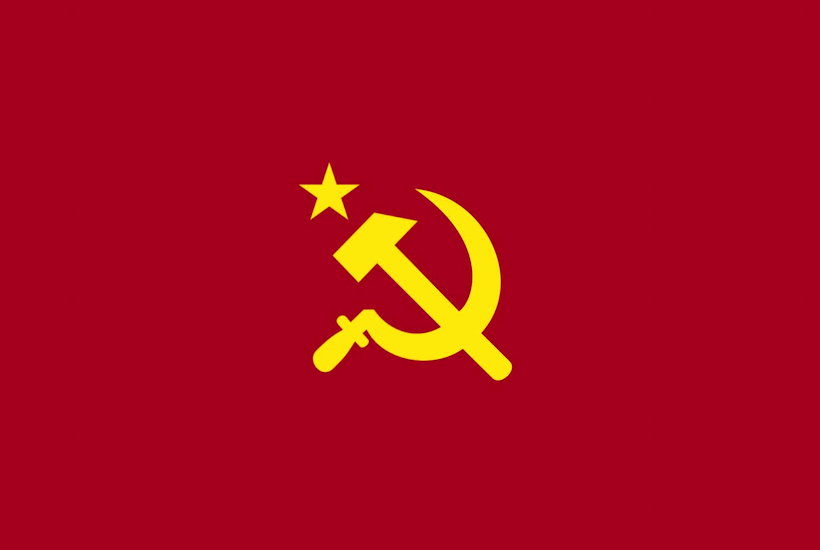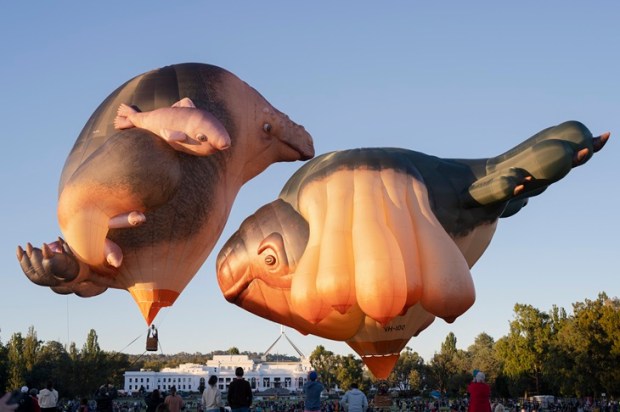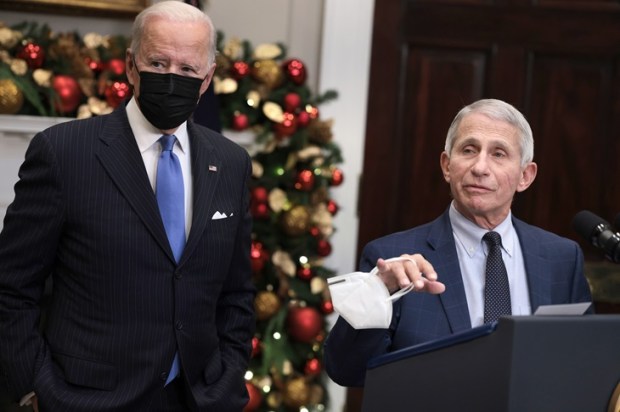Be careful what you put on your office walls – or at least where you take your photographs:
A small icon associated with communism on the wall of an ACT Labor campaign office has sparked condemnation from the Canberra Liberals, which the candidate has dismissed as a political smear.
Maddy Northam, who is seeking election for the central Canberra seat of Kurrajong in the upcoming ACT election, posted a photo of her campaign team on Facebook last week.
In the picture, a poster on the wall behind her, smaller than an A4 sheet of paper, displayed the hammer and sickle — a symbol long linked to the Soviet Union.
That detail has prompted anger … [and] opened another debate about the meaning of symbols in 2020, a year in which reflections on history have mobilised mass protests worldwide and sent statues toppling…
Kinda ironic because the system of genocide and slavery operated under the hammer and sickle was in full swing well within living memory. No socialist statues or symbols were toppled however. Maybe it’s too contemporary. In case you weren’t quite sure, ABC reminds you that hammer and sickle is “associated with communism” and has been “long linked to the Soviet Union”. How quaint. Is that good or bad? Not sure. In any case, they “are common in many countries and adorn many products”. Indeed, as part of the ABC’s commitment to biased dumbing down, the story — which seems to contain more equivocations over Soviet iconography than actual news — adds “four years ago, American celebrity Kim Kardashian was seen wearing a red hammer-and-sickle hoodie, which retailed for about $1,000.” It’s complicated.
Yet as Maddy herself — also president of Unions ACT — says, “Symbols are important”. She’s talking about Canberra’s “Rainbow Roundabout” being named the international roundabout of the year by the United Kingdom’s Roundabout Appreciation Society.
But surely that applies to communist symbols too. “There is no suggestion that she is a communist, that she put the picture up herself or that she used it for anything other than decoration,” the ABC report helpfully adds. Just what else could the picture have been used for?
Some decoration. The report continues:
Stefan Romaniw, who chairs the Australian Federation of Ukrainian Associations, said the symbol brought back horrific memories for Eastern Europeans who fled the Soviet Bloc, and did not equate with Australian values such as human rights.
“You can equate the hammer and sickle to the swastika,” he said.
“It’s a symbol of oppression.”
Mr Romaniw said the size of the poster was immaterial.
“Anyone today who wants to glorify and stand behind the hammer and sickle, and wants to get elected in Australia, really needs to have a think about the oppression that people went through and what the symbol stands for.”
If Maddy put up a picture of a swastika, she would be forced to resign. But according to her, pointing out the symbol of the greatest mass-murder of the 20th century on her wall is a “political smear”. Because the left finds itself in a schizophrenic position: while the Soviet Union, and every other live experiment conducted under the hammer and sickle and a red star was “not the real socialism” (and next time it will be different), at the same time to completely condemn and cut themselves off from “the real socialism” of the 20th century (according to the actual practitioners at the time) would be tantamount to killing a part of themselves.
Arthur Chrenkoff blogs at The Daily Chrenk, where a version of this piece also appears.
Got something to add? Join the discussion and comment below.
Get 10 issues for just $10
Subscribe to The Spectator Australia today for the next 10 magazine issues, plus full online access, for just $10.


























Comments
Don't miss out
Join the conversation with other Spectator Australia readers. Subscribe to leave a comment.
SUBSCRIBEAlready a subscriber? Log in